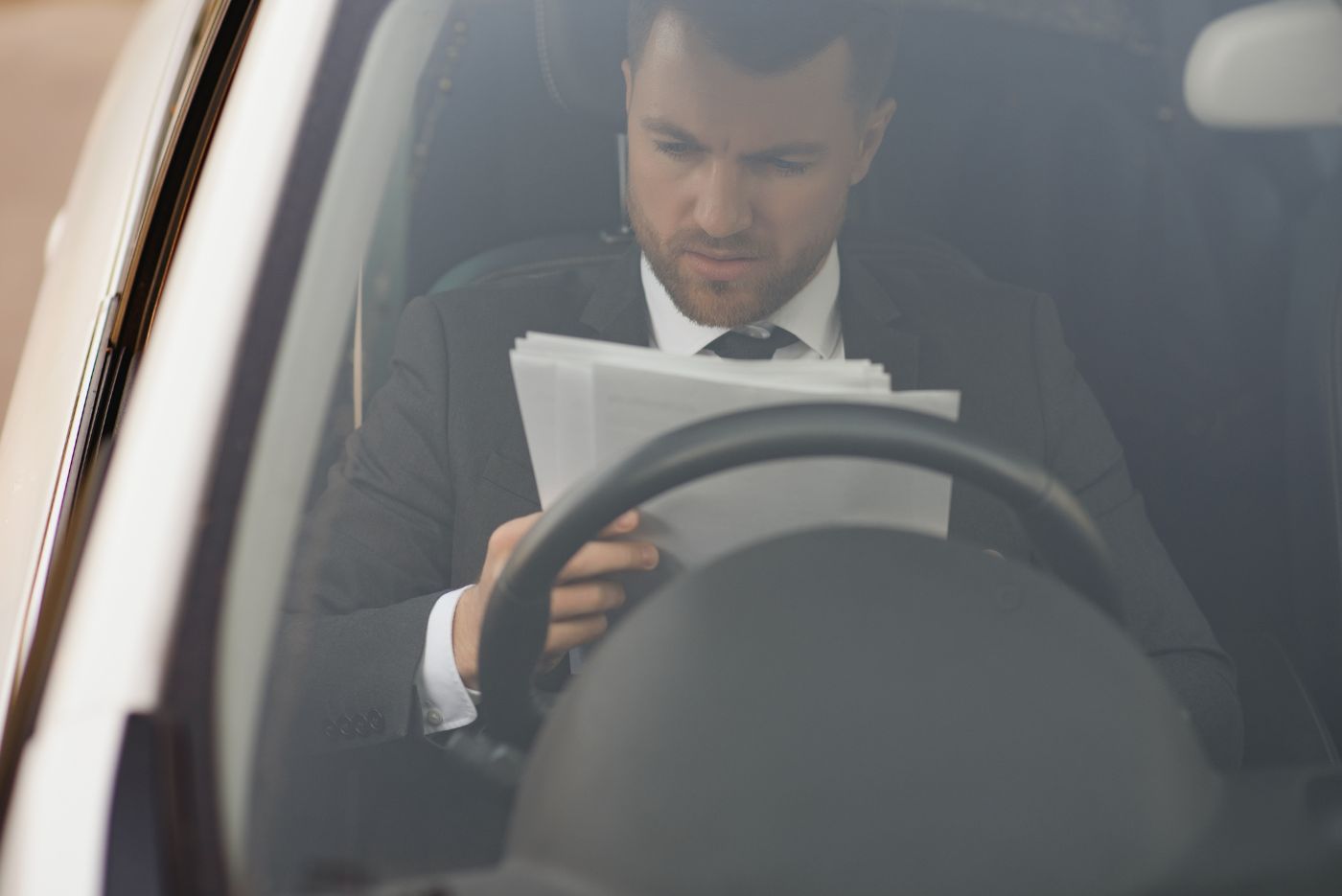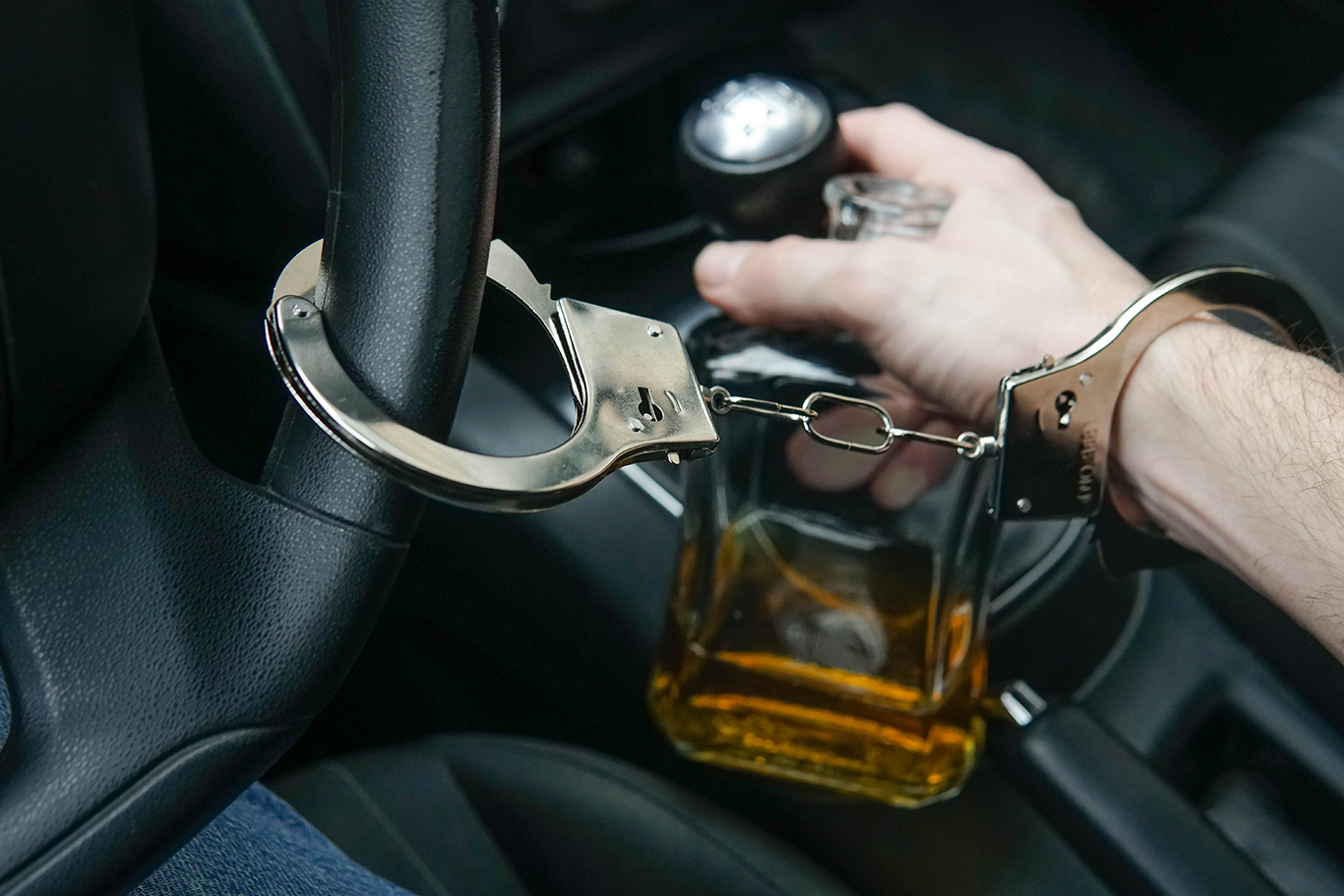Florida SR22 Insurance With a Car vs. Without a Car: What’s the Difference?
16 April 2025
See How We're Different
or call us: (727) 620-0620

Florida SR22 insurance can be a confusing topic, especially when it comes to understanding the differences between having a car and not having one. This article aims to clarify these distinctions, providing insights into what SR22 insurance entails, the implications of having a vehicle, and how to navigate the requirements effectively.
Understanding SR22 Insurance
SR22 insurance is not actually a type of insurance but rather a form that proves to the state that a driver has the minimum required liability coverage. It is often mandated for individuals who have had serious violations, such as DUIs or repeated traffic offenses. The SR22 form is filed by the insurance company with the Florida Department of Highway Safety and Motor Vehicles (DHSMV).
In Florida, SR22 insurance is typically required for three years, although the duration may vary depending on the nature of the offense. During this period, the driver must maintain continuous coverage, or they risk license suspension. This requirement serves as a safeguard for both the driver and the public, ensuring that those who have previously demonstrated risky behavior on the road are held accountable and protected through adequate insurance coverage.
Who Needs SR22 Insurance?
Several scenarios may lead to the requirement of SR22 insurance. Common reasons include driving under the influence (DUI), driving without insurance, or accumulating too many points on a driving record. Essentially, if a driver poses a higher risk due to their past behavior, the state may require them to file an SR22.
It is important to note that not all drivers will need an SR22. Those who have a clean driving record or have not been convicted of serious offenses typically do not need to worry about this requirement. However, it’s crucial for drivers to be aware of their driving history and any potential infractions that could lead to the need for an SR22. Regularly reviewing one’s driving record can help in understanding the implications of past violations and in taking proactive steps to maintain a clean slate.
How SR22 Insurance Works
Once an insurance company files the SR22 form on behalf of the driver, the state will then verify that the driver has the necessary coverage. If the driver fails to maintain this coverage, the insurance company is obligated to notify the state, which can lead to penalties such as license suspension. This notification process is critical, as it ensures that the state is kept informed about the driver’s insurance status, ultimately aiming to enhance road safety.
Drivers must also keep in mind that SR22 insurance often comes with higher premiums. This increase is due to the perceived risk associated with the driver’s history. Shopping around for quotes from different insurers can help mitigate some of these costs. Additionally, drivers may consider taking defensive driving courses or other educational programs, which can sometimes lead to discounts on insurance premiums. These proactive measures not only help in reducing costs but also demonstrate a commitment to safe driving practices, potentially improving the driver’s standing with insurers and the state alike.
SR22 Insurance With a Car
For those who own a vehicle, SR22 insurance is typically straightforward. The driver must maintain the required liability coverage on their car, and the SR22 form will be filed to confirm compliance with state laws. This form acts as a certificate of financial responsibility, ensuring that the driver is capable of covering damages or injuries caused by their vehicle. It’s important to understand that the SR22 is not an insurance policy itself, but rather a document that your insurance company files with the state to prove you have the necessary coverage.
Owning a car while having SR22 insurance means that the driver is responsible for ensuring their vehicle is insured at all times. This can also affect the type of coverage options available, as some insurers may offer discounts for bundling SR22 with other types of insurance. Additionally, maintaining continuous coverage is crucial; any lapse in insurance can lead to penalties, including the potential suspension of driving privileges. Drivers should also be aware that their SR22 requirement typically lasts for a set period, often three years, during which they must adhere to the guidelines set forth by their state.
Coverage Requirements for Car Owners
In Florida, the minimum liability coverage requirements for car owners are 10/20/10, which means $10,000 for bodily injury liability per person, $20,000 for total bodily injury liability per accident, and $10,000 for property damage liability. These minimums must be met to satisfy SR22 requirements. It’s essential for drivers to keep these limits in mind, as they are designed to protect not only the driver but also others on the road. Failure to meet these minimums can result in fines and further legal complications.
Car owners should also consider additional coverage options, such as collision and comprehensive insurance, which can provide further protection in the event of an accident or damage to the vehicle. While these types of coverage are not required, they can be beneficial for peace of mind. Collision insurance covers damage to your vehicle resulting from a collision, regardless of who is at fault, while comprehensive insurance protects against non-collision-related incidents, such as theft or natural disasters. Investing in these additional coverages can be particularly wise for those who have a newer or more valuable vehicle, as it can save significant costs in repairs or replacement.
Impact on Premiums
Having a car while needing SR22 insurance can significantly impact insurance premiums. The presence of a vehicle generally leads to higher rates, especially if the driver has a history of violations. Insurers assess risk based on various factors, including the driver's record and the type of vehicle being insured. For instance, sports cars or vehicles with high theft rates may attract higher premiums due to the increased risk associated with them. Additionally, the driver’s age, location, and even credit history can all play a role in determining the final cost of insurance.
However, some insurance companies offer discounts for safe driving courses or for maintaining a clean driving record after the SR22 requirement is fulfilled. It is advisable for drivers to explore these options to potentially lower their premiums over time. Furthermore, shopping around and comparing quotes from different insurers can lead to significant savings. Many companies now offer online tools that allow drivers to easily compare rates and coverage options, making it easier than ever to find the best deal. By being proactive and informed, drivers can navigate the complexities of SR22 insurance and find a policy that meets their needs without breaking the bank.
SR22 Insurance Without a Car
For individuals who do not own a car, obtaining SR22 insurance can be a bit more complex. While it is still possible to file for SR22, the lack of a vehicle means that the driver must navigate alternative options to meet state requirements.
In this situation, the driver may choose to obtain a non-owner SR22 policy. This type of policy provides liability coverage when driving a vehicle that is not owned by the insured. It is particularly useful for those who frequently borrow or rent cars, such as individuals who rely on ridesharing services or public transportation but occasionally need to drive.
What is a Non-Owner SR22 Policy?
A non-owner SR22 policy is designed for individuals who do not own a vehicle but still need to fulfill the SR22 requirement. This policy typically offers the minimum liability coverage required by the state, which is sufficient for legal compliance.
While a non-owner policy does not cover damages to a vehicle, it provides coverage for bodily injury and property damage to others if an accident occurs while driving a borrowed or rented vehicle. This can be a cost-effective solution for those without a car, allowing them to drive legally without the burden of a full insurance policy on a vehicle they do not own. Additionally, it can be beneficial for people who are in transitional phases of their lives, such as recent graduates or individuals relocating to a new city.
Cost Considerations
The cost of a non-owner SR22 policy is generally lower than that of a standard SR22 policy for car owners. Since the driver is not insuring a specific vehicle, the premiums tend to be more affordable. However, rates can still vary based on the driver’s history and the insurance provider.
It is essential for individuals to shop around and compare quotes from different insurers, as some may offer better rates for non-owner policies than others. Additionally, maintaining a clean driving record during the SR22 period can help reduce costs over time. Factors such as age, driving experience, and previous violations can also play a significant role in determining premiums. For instance, younger drivers or those with a history of accidents may face higher rates, while seasoned drivers with a clean record may find more favorable terms.
Moreover, it’s important to consider the coverage limits offered by non-owner policies. While they fulfill the minimum state requirements, some drivers may want to explore options for higher limits or additional coverage, especially if they plan to frequently drive high-value rental vehicles. Understanding the nuances of these policies can empower drivers to make informed decisions that best suit their needs while ensuring compliance with state regulations.
Key Differences Between Having a Car and Not Having a Car
Understanding the distinctions between having a car and not having one while carrying SR22 insurance is crucial for compliance and cost management. Here are some of the key differences:
Liability Coverage Requirements
Car owners must meet Florida's minimum liability coverage requirements, which are outlined earlier. In contrast, non-owner policyholders only need to maintain the minimum liability coverage required for driving any vehicle they may use.
This difference can affect the total cost of insurance, as car owners may need to pay higher premiums to cover their vehicles, while non-owner policyholders can often secure lower rates.
Insurance Premiums
As mentioned, premiums for SR22 insurance with a car are generally higher due to the added risk associated with insuring a vehicle. Non-owner policies tend to be more affordable since they are not tied to a specific car.
However, the overall cost will still depend on the driver's history, the insurance provider, and any discounts that may apply. It is important to evaluate all options to find the best coverage at the most reasonable price.
Flexibility and Coverage Options
Car owners have the flexibility to choose from a wider range of coverage options, including comprehensive and collision insurance. This can provide additional protection for their vehicle and peace of mind in the event of an accident.
On the other hand, non-owner policies are limited to liability coverage. While this is sufficient for legal compliance, it does not offer the same level of protection as a full auto insurance policy. Drivers should consider their personal needs and driving habits when determining which option is best for them.
Maintenance and Ownership Responsibilities
Owning a car comes with a host of responsibilities that non-car owners do not have to worry about. Car owners must regularly maintain their vehicles, which includes routine oil changes, tire rotations, and inspections to ensure that the car is in safe working condition. This ongoing maintenance can add to the overall cost of car ownership, making it essential for owners to budget for these expenses alongside their insurance premiums.
In contrast, individuals without a car can avoid these responsibilities entirely. They may rely on public transportation, ridesharing services, or the occasional rental vehicle, which can often be more economical in urban settings. This flexibility allows non-car owners to allocate their finances towards other priorities, such as savings or leisure activities, without the burden of vehicle upkeep.
Impact on Lifestyle and Mobility
Having a car can significantly impact one’s lifestyle and mobility. For many, a vehicle provides the freedom to travel long distances, access remote locations, and engage in spontaneous road trips. It can also be a crucial asset for families, allowing for easier transportation of children, groceries, and other essentials. However, this convenience comes at a cost, both financially and environmentally, as car ownership contributes to traffic congestion and carbon emissions.
On the flip side, not having a car can encourage a more sustainable lifestyle. Many non-car owners find themselves walking, biking, or using public transport, which can lead to healthier habits and a reduced carbon footprint. Additionally, this lifestyle can foster a sense of community, as individuals may rely more on local services and engage with their neighborhoods in ways that car ownership might inhibit. Ultimately, the choice between having a car and not having one can shape not just financial decisions but also daily routines and social interactions.
Maintaining SR22 Insurance
Regardless of whether a driver has a car or not, maintaining SR22 insurance requires diligence and awareness of state regulations. Here are some tips for ensuring compliance:
Continuous Coverage
One of the most critical aspects of maintaining SR22 insurance is ensuring that coverage remains continuous throughout the required period. Any lapse in coverage can lead to penalties, including license suspension.
Drivers should set reminders to pay their premiums on time and keep track of their policy status. If there are any changes in circumstances, such as getting a new vehicle or moving to a different state, it is essential to inform the insurance provider immediately.
Regularly Review Your Policy
It is advisable for drivers to regularly review their SR22 insurance policy to ensure it still meets their needs. Changes in driving habits, vehicle ownership, or financial situations can all impact the type of coverage required.
Additionally, as the SR22 period progresses, drivers may become eligible for discounts or lower premiums based on their improved driving record. Regularly checking in with the insurance provider can help identify potential savings.
Consult with an Insurance Agent
Working with an experienced insurance agent can provide valuable insights into navigating the complexities of SR22 insurance. Agents can help drivers understand their options, find the best coverage, and ensure compliance with state regulations.
Whether a driver has a car or not, an insurance agent can offer personalized advice tailored to individual circumstances, helping to make the process smoother and more manageable.
Conclusion
Florida SR22 insurance can be a complex topic, especially when considering the differences between having a car and not having one. Understanding the requirements, coverage options, and cost implications is essential for drivers who find themselves in need of this type of insurance.
For car owners, maintaining the minimum liability coverage and exploring additional options can help ensure compliance while providing adequate protection. For those without a vehicle, a non-owner SR22 policy can be a cost-effective solution that meets state requirements.
Ultimately, whether with a car or without, maintaining continuous coverage and staying informed about state regulations are key to successfully navigating the SR22 insurance landscape in Florida.




